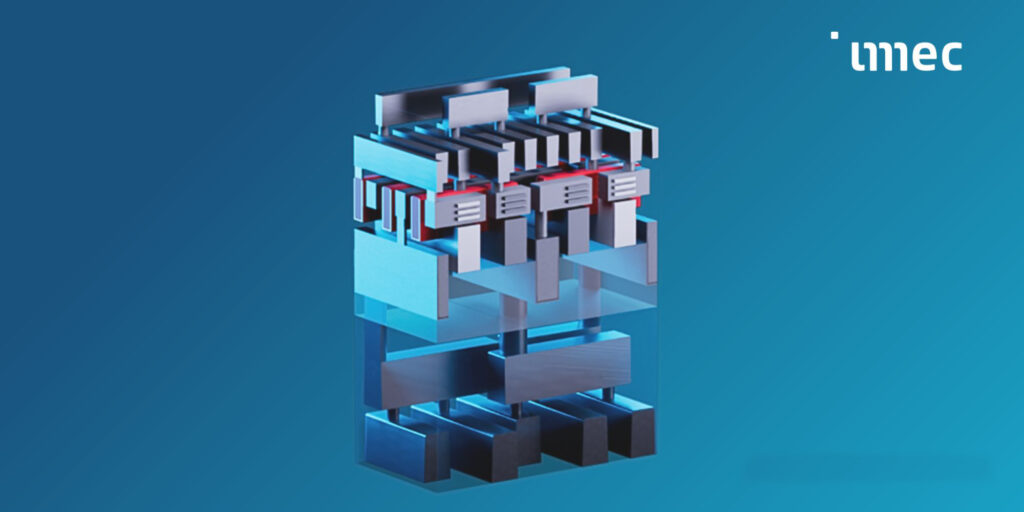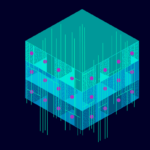ASIA ELECTRONICS INDUSTRYYOUR WINDOW TO SMART MANUFACTURING
Imec Launches First Design Pathfinding PDK for N2 Node
Research and innovation hub imec has introduced its open process design kit (PDK) with a concomitant training program offered through EUROPRACTICE. Particularly, the PDK will enable virtual digital designs in imec’s N2 technology, including backside power delivery network.
Moreover, the PDK will be embedded in EDA tool suites, such as from Cadence Design Systems and Synopsys. This will provide broad access to advanced nodes for design pathfinding, system research, and training. Hence, this will also give academia and industry the tools to train the semiconductor experts of tomorrow. At the same time, enable the industry to transition their products into next-generation technologies through meaningful design pathfinding.

Access to Advanced Technologies
Foundry PDKs give chip designers access to a library of tested and proven components to deliver functional and reliable designs. These are available to the ecosystem once the technology reaches a critical level of manufacturability. However, restricted access and the need for NDAs have created a high threshold for academia and industry to access advanced technology nodes during development.
Access to imec N2 PDK will help academia and commercial companies. Hence, Julien Ryckaert, VP Logic Technologies, said, “If we want to engage a new generation of chip designers, we must provide them early access to the infrastructure needed to develop their design skills on the most advanced technology nodes. The accompanying training courses will get these designers up to speed as quickly as possible and acquaint them with the most recent technology disruptions such as nanosheet devices and wafer backside technology.”
In addition, Ryckaert said the design pathfinding PDK will also help companies to transition their designs to future technology nodes and pre-empt scaling bottlenecks for their products.
The design pathfinding PDK contains the necessary infrastructure for digital design based on a set of digital standard cell libraries and SRAM IP macros. In the future, the design pathfinding PDK platform will extend to more advanced nodes (e.g. A14). Moreover, the training program will start early Q2, teaching subscribers the specificities of the N2 technology node and offering hands-on training on digital design platforms using the Cadence and the Synopsys EDA software.
Broader Industry, Academia Partnership
Meawnile, Brandon Wang, vice president, technical strategy & strategic partnerships at Synopsys said it is important to nurture an engineering workforce. Hence, Wang said imec’s design pathfinding PDK is an excellent example of how industry partnerships can broaden access to advanced process technology. “Our collaboration with imec to deliver a certified, AI-driven EDA digital design flow for its N2 PDK enables design teams to prototype and accelerate the transition to next-generation technologies using a virtual PDK-based design environment.”
On the other hand, Yoon Kim, VP Cadence Academic Network expressed Cadence’s commitment to working with universities and research institutions to drive innovation and support workforce development. Particularly, for the nano- and microelectronics industry.
“Cadence and imec have a long history of successful collaboration on multiple projects. (Thus,) the new imec design pathfinding PDK represents a major new milestone for training the next generation of silicon designers. Imec used all the tools in Cadence’s industry leading AI-driven digital and custom/analog full flows to create and validate the Open PDK.”
In addition, Yoon Kim said this will ensure academia and industry partners have access to a complete Cadence flow at the most advanced nodes, enabling them to transition to the next generation of designs seamlessly.”




